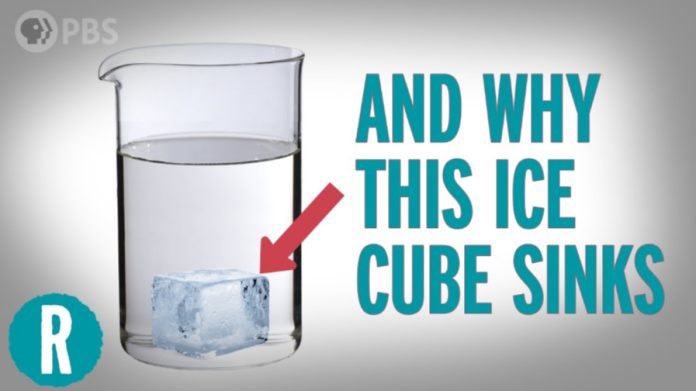
How do you turn nuclear waste into a $30,000-per-gram commodity?
Tritium, once discarded as a by-product of Canadian nuclear reactors, is now one of the most expensive materials on Earth.
This rare isotope of hydrogen powers glow-in-the-dark keychains, exit signs that can stay bright for two decades without power and cutting-edge fusion energy research.
Join our host, George, as he explores how tritium is produced and used, and why its use as a fusion fuel is completely different from its use in exit signs.
As demand for clean, limitless power grows, companies are racing to secure their piece of the tritium pie, making this once-discarded nuclear waste a hot commodity.
Reactions is a video series produced by the American Chemical Society and PBS Digital Studios.
The American Chemical Society (ACS) is a nonprofit organization chartered by the U.S. Congress.
ACS’ mission is to advance the broader chemistry enterprise and its practitioners for the benefit of Earth and all its people.



